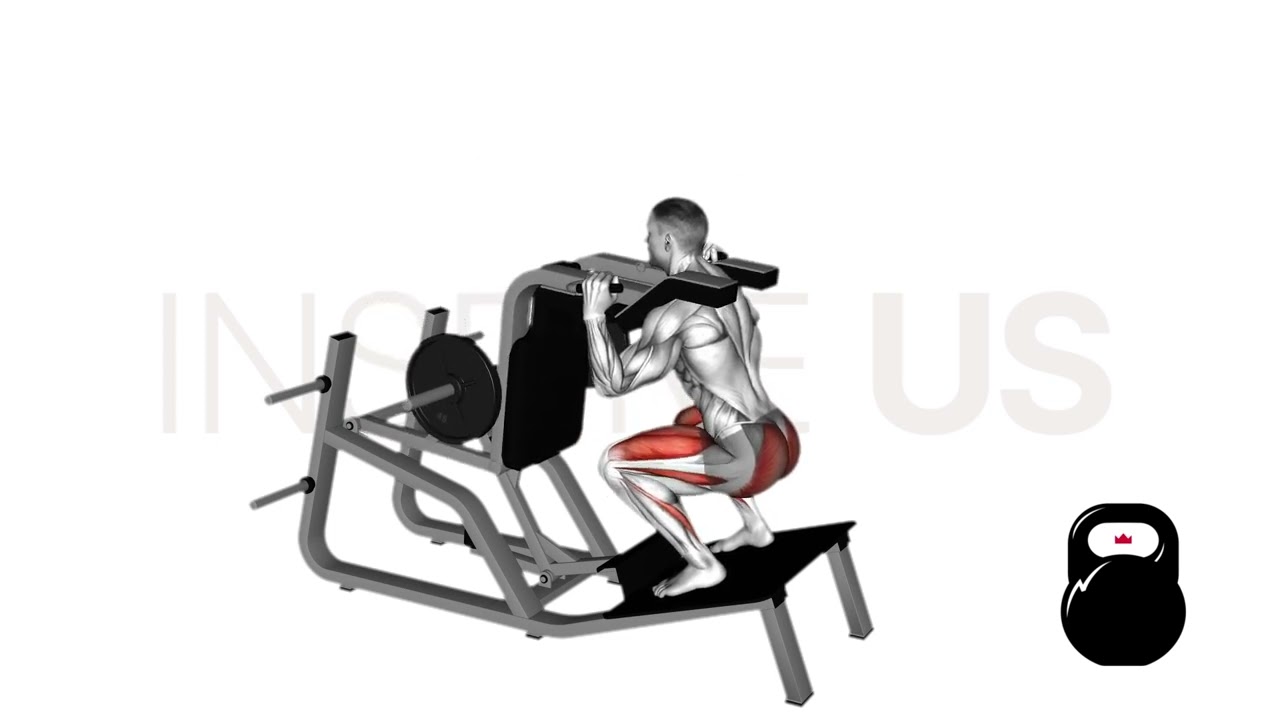Reverse Hack Squat Machine: Benefits, Muscles Worked, and More
For serious glute development, few exercises are as effective as the reverse hack squat.
The reverse hack squat is simply a hack squat performed facing in the opposite direction, meaning that the lifter will be facing towards the machine’s pads, rather than away. This is done so as to maximize posterior chain recruitment during the exercise.
What is the Reverse Hack Squat?
In technical analysis, the reverse hack squat is a closed-chain compound exercise often programmed for moderate resistance and volume. While it is primarily used to build stronger and larger glutes, the reverse hack squat also functions quite well as a back-friendly alternative to the deadlift.
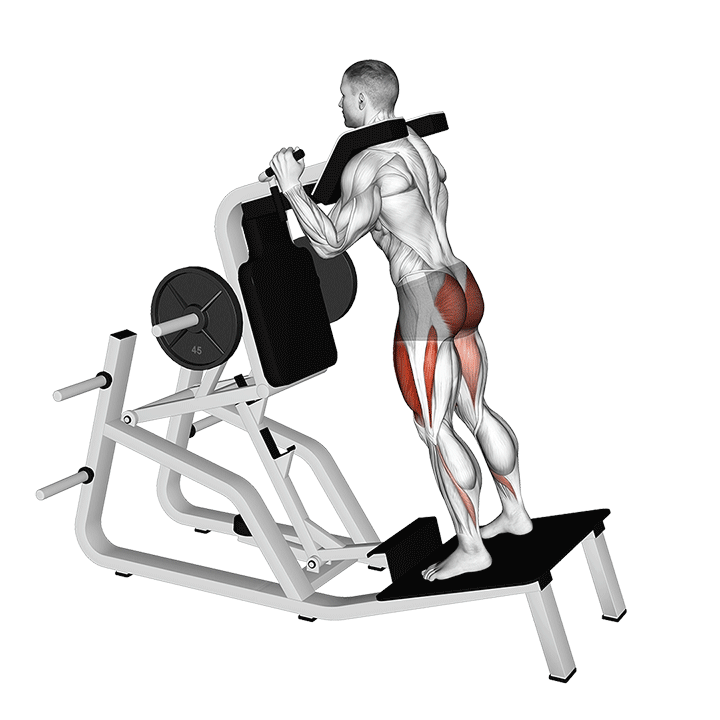
In practice, the reverse hack squat is quite literally a reversed hack squat exercise, with the lifter facing towards the hack squat machine itself.
Because the conventional hack squat is traditionally a quadriceps-focused exercise, the reverse variation is performed so as to target the opposite side of the lower body - that being the lower posterior chain.
Who Should do Reverse Hack Squats?
Reverse hack squats are relatively low-impact, accessible, and are unlikely to result in injury.
That being said, they do require some familiarity with basic squatting mechanics, and as such are more appropriate for intermediate lifters or novices with the guidance of a coach.
How to do Reverse Hack Squats
To perform a repetition of reverse hack squats, the lifter will stand within the machine facing the seat, their shoulders pressed against the pads as they do so.
Atop the machine’s angled plate, the heels should be set near the center around hip-width apart, with the toes facing forwards. A wider stance equates to more posterior chain recruitment.
Once situated correctly, the lifter will disengage the safety mechanisms (if existing) and prepare to perform the repetition.
Contracting the core and keeping the spine in a neutral alignment, the lifter will squat downwards by pushing their pelvis backwards and bending at the knees simultaneously.
Once the thighs are nearly perpendicular to the calves, the lifter will push through their heels and squeeze their posterior chain so as to push their pelvis forwards. This should have the effect of raising the body into an upright position - with which the repetition is then complete.
What Muscles do Reverse Hack Squats Work?
Reverse hack squats are a compound exercise, meaning that more than a single muscle is involved in its movement pattern. These muscles are divided according to whether they express dynamic or static contraction, with the former being dubbed “mover” muscles, and the latter “stabilizer” muscles.
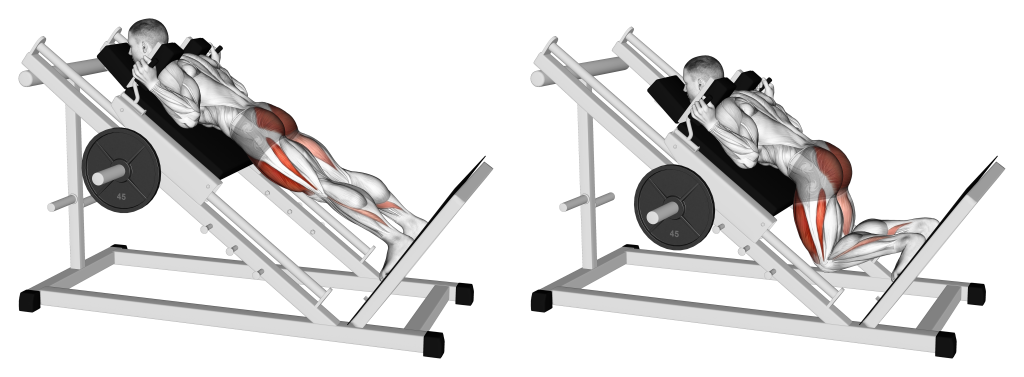
Mover Muscles
Reverse hack squats first and foremost target the gluteal muscles, but will also work the hamstrings and quadriceps to a slightly lesser extent.
Stabilizer Muscles
Apart from the mover muscles, performing a reverse hack squat will also target the erector spinae and the core musculature. However, due to the exercise’s machine-based nature, these stabilizer muscles are recruited to a comparatively lesser degree than with free weight exercises.
What are the Benefits of Doing Reverse Hack Squats?
The reverse hack squat is so popular among training programs because of the benefits it offers. We’ve listed the most important ones below.
One of the Best Glute Builders
Few exercises compare to the level of gluteal recruitment that reverse hack squats can elicit. This benefit is further compounded by its capacity for high intensity sets, allowing for a truly effective glute workout.
For the best posterior chain development from reverse hack squats, try combining the exercise with a secondary posterior chain exercise, such as the leg curl or back extension.
Safe, Low-Impact and Adjustable
Although no exercise is truly risk-free if performed incorrectly, the reverse hack squat is particularly forgiving due to the inherent characteristics of the hack squat machine.
The machine allows for an even distribution of load across the body, and angles the lifter in such a way that the spine is not as impacted as would be the case with other heavy leg exercises.
Furthermore, most brands of hack squat machine are easily adjustable. This can allow individuals to better fit the machine to their own physique, further reducing the risk of injury.
Allows for Greater Loading
The reverse hack squat is excellent for targeting the posterior chain with a significant amount of resistance. This greater loading capacity is a result of the machine itself, as well as the position in which the lifter performs the exercise.
As is the case with most other machine-based exercises, there is a lesser usage of stabilizer muscles. With less stabilizer muscle usage, the body is free to divert more energy towards dynamic contraction of the primary mobilizer muscles, thereby increasing how much weight is being lifted.
In addition, the range of motion of the reverse hack squat is comparatively shorter to exercises like the back squat, also further increasing how much weight can be lifted.
Of course, it is best to avoid lifting an excessive amount of weight when performing the reverse hack squat; Aim for somewhere between 75-90% of your 1RM.
Carryover to Other Heavy Leg Exercises
While it is indeed true that the reverse hack squat is not the most functional of exercises, it does allow lifters to improve their ability to perform movements of a similar nature. The deadlift, back squat and even the barbell variation of the hack squat all benefit from the lifter performing reverse hack squats.
This benefit is especially applicable for lifters whose performance suffers from poor glute or hamstring power. In such cases, the reverse hack squat is the perfect accessory movement.
Common Reverse Hack Squat Mistakes
The reverse hack squat is quite safe, as far as compound movements go. However, in order to truly minimize the risk of injury, avoid the three following mistakes.
Using an Excessively Narrow Stance
Although a narrow reverse hack squat stance is not necessarily more dangerous than a wide one, it does reduce recruitment of the posterior chain - of which is the entire point of the reverse hack squat.
In order to maximize recruitment intensity of the glutes and hamstrings, a wider stance should be used. Somewhat wider than hip-width apart is the usual advice, but will vary between lifters.
Knees Collapsing Inwards
Even with the lower risk of injury with the reverse hack squat, it nonetheless shares a few vital form cues with other squat exercises. One of the most important of these cues is the angle of the knee.
Throughout the entire repetition of the reverse hack squat, the knees should remain pointing forwards or slightly outwards. Failing to do so can easily compromise the stance of the lifter, as well as potentially injure their knee joints.
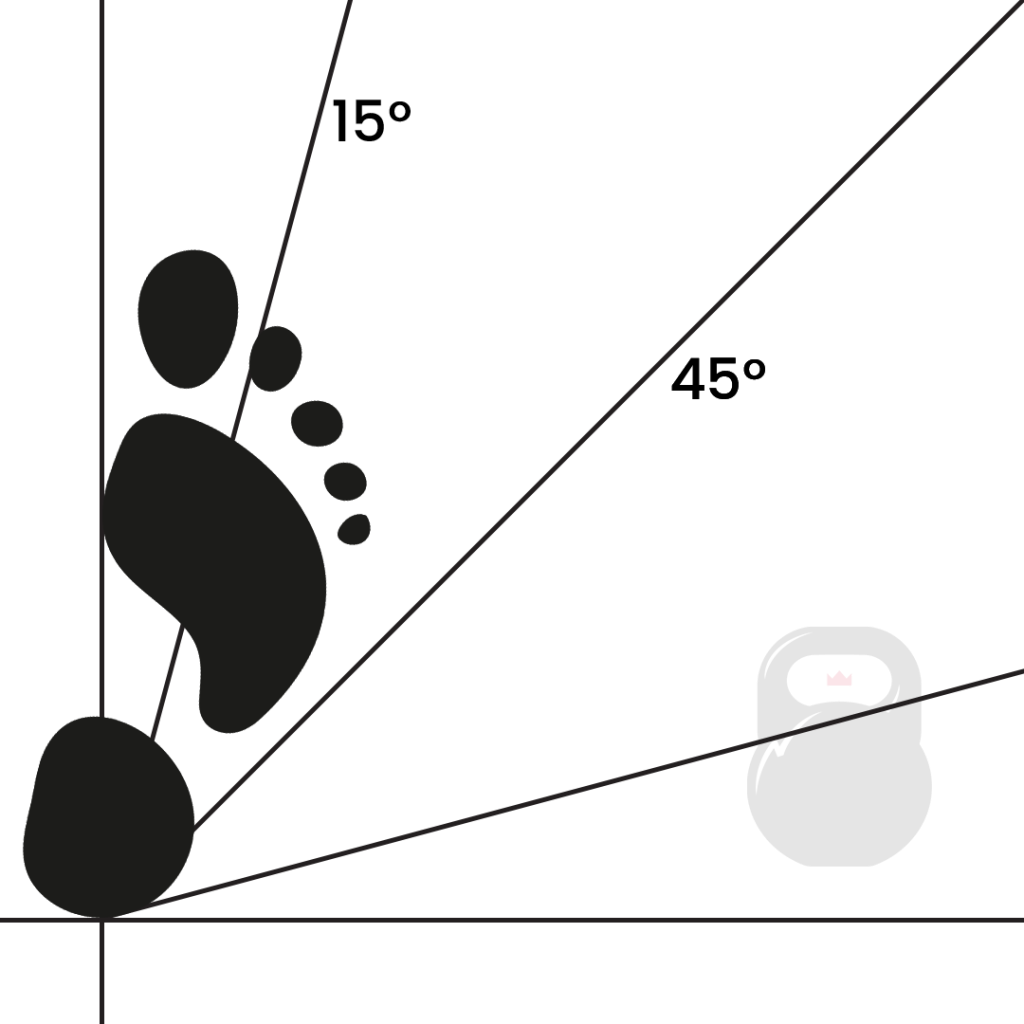
Collapsing of the knees inwards could indicate poor mobility or that too much weight is being lifted.
Rounding the Back
Just as is the case with other heavy compound movements, performing the reverse hack squat in a manner that curves the spine is generally poor form.
While there are a multitude of issues that cause the back to round during the reverse hack squat, the most likely is simply that too much weight is being used. That, or the lifter is failing to pay attention to their core and lower back.
In order to properly protect the spine during a reverse hack squat set, make sure to brace the core and ensure the lower back is in neutral curvature.
Alternatives to the Reverse Hack Squat
If you don’t have access to a hack squat machine, or simply want a substitute to the reverse hack squat, try out the following alternative exercises.
1. Barbell Hack Squats
A predecessor to the machine hack squat - the barbell hack squat is a lower body compound movement performed with the lifter pulling a barbell off the floor from behind. This creates an exercise more akin to the deadlift than the standard machine hack squat.
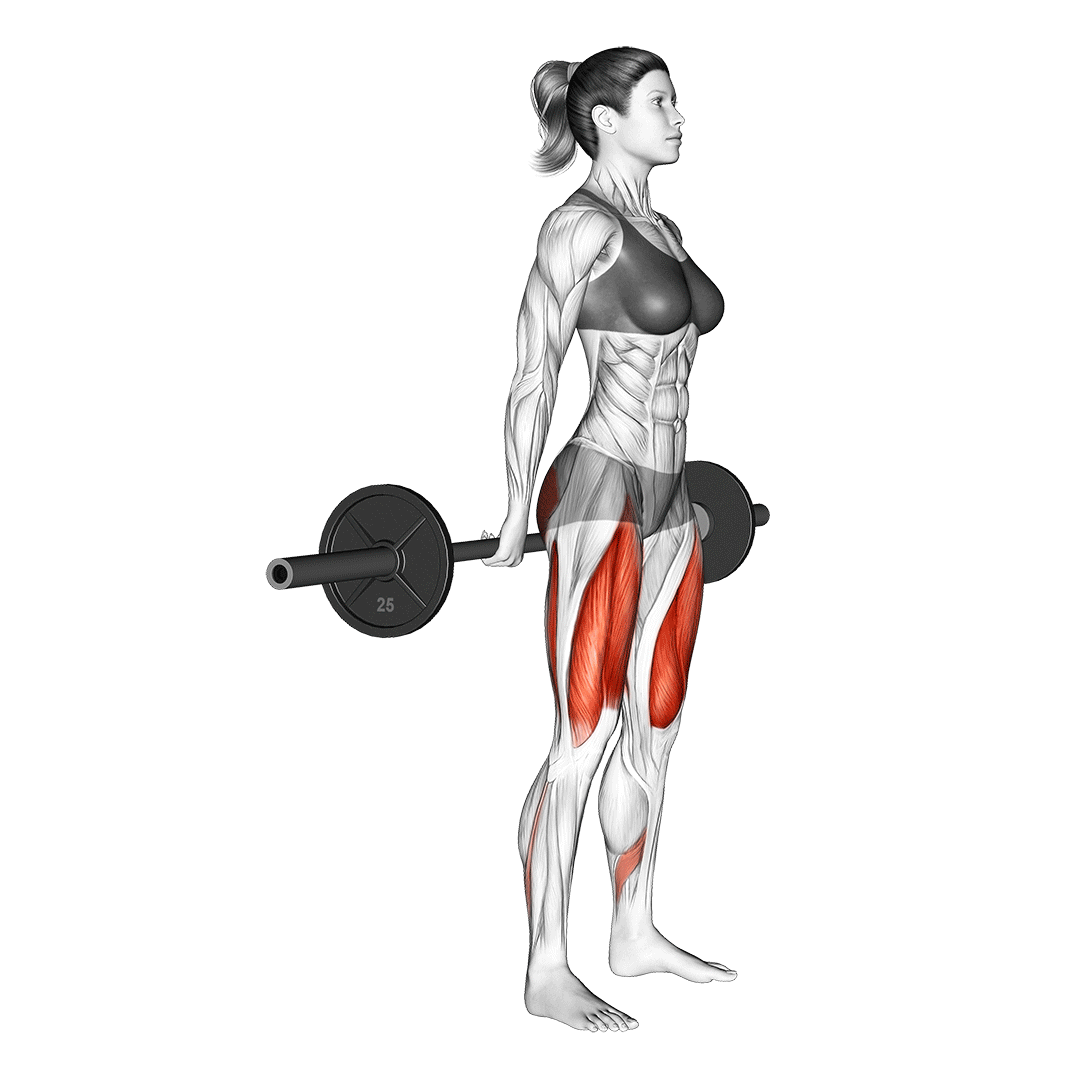
Nonetheless, this original hack squat variation shares more similarities with the reverse hack squat, as it creates a similar emphasis on the posterior chain and also involves a somewhat more forward lean of the torso.
If you do not have access to a hack squat machine but want to retain the benefits of the reverse hack squat, the barbell hack squat is a viable alternative.
2. Box Squats
Box squats are simply conventional back squats performed with the lifter lowering themselves on and off a box. This builds significant strength and power in the lower posterior chain, as significant glute strength is needed to launch off the box correctly.

The box squat may be used as a substitute to the reverse hack squat for athletes seeking a more functional alternative.
3. Landmine Squat
The landmine squat is yet another free weight alternative to the reverse hack squat.
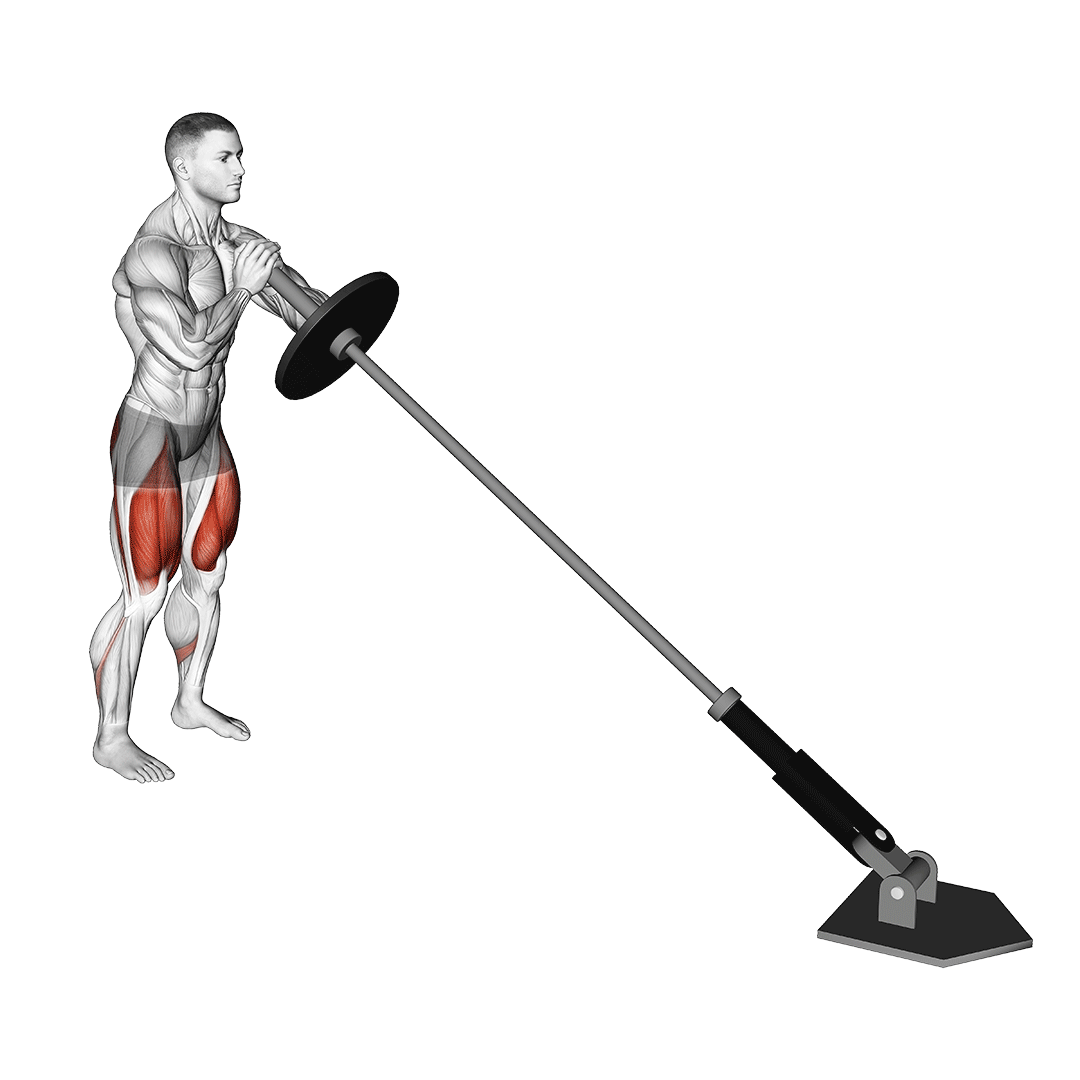
Much like its name, the landmine squat is a squatting movement performed with a barbell fixed to a landmine attachment, the other end being held in the hands of the lifter.
Unlike other alternatives, the landmine squat features a nearly identical movement pattern, meaning that it is ideal for replicating the benefits of the reverse hack squat with fewer of the drawbacks.
Frequently Asked Questions (FAQ)
Is the Reverse Hack Squat Better for Glutes?
Yes - the reverse hack squat is one of the best glute exercises one can perform. Not only does it target the lower posterior chain to a highly effective degree, but it also does so with a suitable level of resistance and intensity as well.
What is the Difference Between Reverse Hack Squats and V Squats?
Although both exercises use the same type of machine, their differences are in fact quite distinct.
The most glaring of these differences is the fact that the V squat is meant to target the quadriceps, whereas the reverse hack squat is more of a posterior chain exercise. This makes the V squat more comparable to a regular hack squat, rather than a reverse one.
What Type of Squats is Best for the Glutes?
Most forms of squat target the glutes quite well. However, for truly unparalleled glute development, exercises like the reverse hack squat, wide-stance squat or V squat are your best options.
In Summary
In summary, the reverse hack squat is an undoubtedly effective posterior chain exercise with a few niche disadvantages to keep in mind.
When programmed correctly, the reverse hack squat is an invaluable inclusion into any leg day workout - especially when paired with other posterior chain movements like the deadlift, back extension or donkey kickback.
Remember to perform the exercise with proper technique as the main focus, and to properly warm up the glutes beforehand.
References
1. Contreras, Bret., Cordoza, Glen. “Glute Lab: The Art and Science of Strength and Physique Training”. Pp. 127 “Reverse Hack Squat” United States: Victory Belt Publishing, 2019. ISBN: 9781628603460, 1628603461

